London's brutalist Thamesmead estate is on the brink of renewal
Ahead of Peabody's significant regeneration of south east London's Thamesmead area, take an architectural and photographic tour of its past
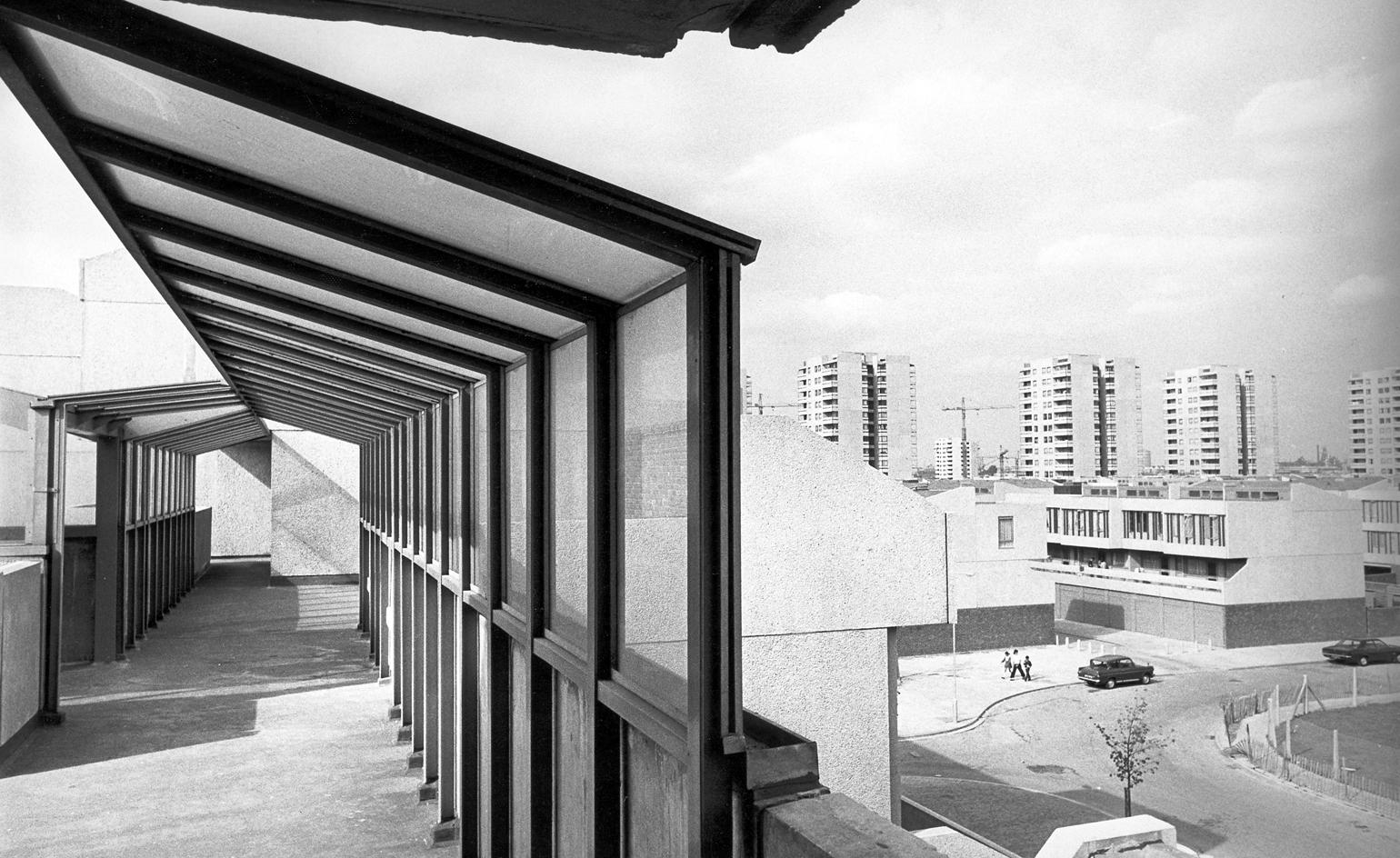
‘Thamesmead’. Semantically, the word sounds like a riverside Shakespearean ale house. But, in the public imagination, it conjures images of a 1970s, crime-ridden neighbourhood, and the droogish backdrop to Stanley Kubrick’s 1971 dystopian drama Clockwork Orange.
Initially hailed as a futuristic ‘town for the 21st century’, construction of the London City Council-commissioned Thamesmead began in 1968. Despite early promise, it quickly gained a reputation for no-go areas and poor transport links. Today, after a complicated history, punctuated by well-documented attempts to renew and rethink the area, Thamesmead is undergoing an extensive regeneration project by Britain’s oldest housing association Peabody, which promises around 20,000 new homes, and improved community facilities.
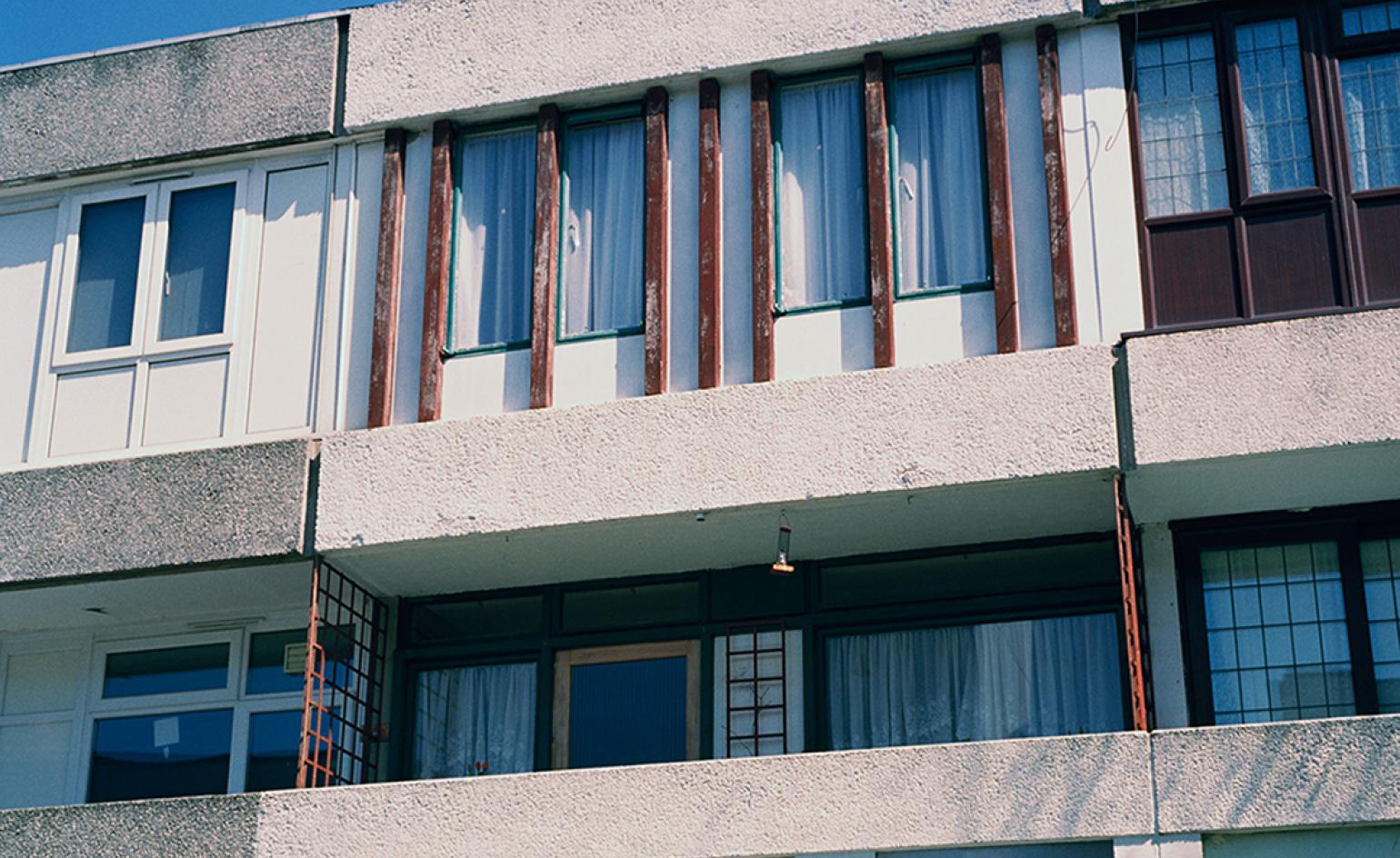
2017-19. © the artist
Many conflicting perceptions of the area (and its varied chapters) form a multifaceted portrait; one that has long fascinated photographers, no doubt drawn to Thamesmead's chipped charm. Amid celebrations of its 50th anniversary, an exhibition at RIBA revisits the area's original architectural ambitions, and looks at its current day occupation, aiming to capture its character, before Thamesmead pivots again with the next phase of its development.
In the exhibition – ‘Thamesmead: A Town For The 21st Century’ – archival images of Thamesmead, selected from the RIBA Collections, are shown alongside contemporary photographs of the estate’s residents, in a project commissioned by Peabody and NOW Gallery.
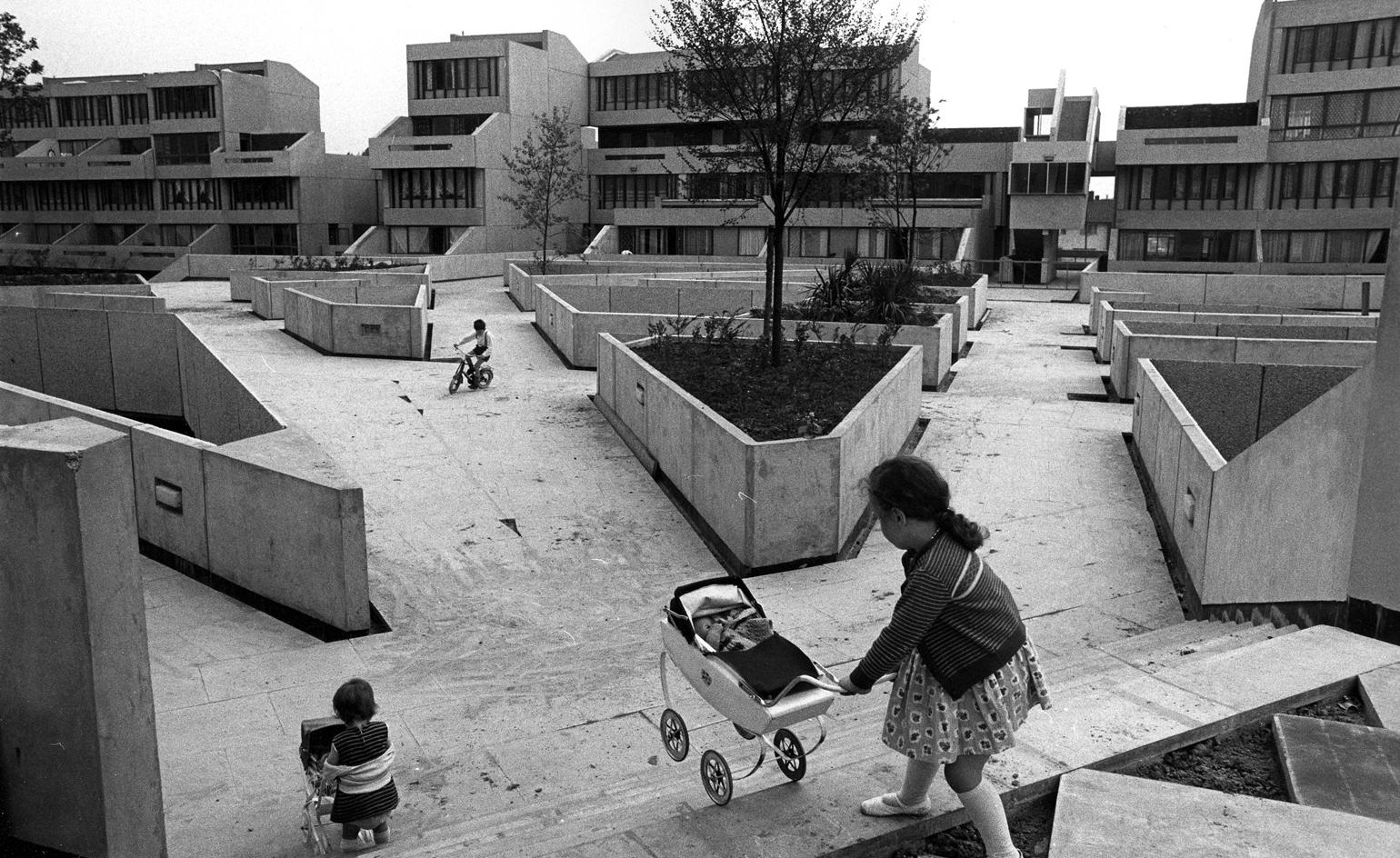
Children playing in the precinct of lowrise housing, Thamesmead, Greenwich, London, 1970s © the artist /RIBA Collections
The archival images draw from an under-explored catalogue of Tony Ray Jones' photography. In his tragically short career (which was cut short when he passed away at the age of 30), Ray Jones captured the idiosyncrasies of Britain's cities and seaside in a hugely influential way, inspiring artists like Martin Parr in both subject matter and style. His work on Thamesmead beautifully documents Britain's post war architectural moment as a set for social theatre.
Powerful brutalist structures frame each image. Children play with toy prams in a concrete maze. A series of imposing towers carve up the Postcrete-grey sky. There's a documentary quality to the imagery; which displays humanity without a hint of sentimentality. Throughout, the striking angles that zigzag the estate are highlighted; shocks of glass and concrete against the hazy south east London backdrop.
The contemporary counterpart – images by artist Nina Manandhar – also focus on both the residents of the estate and its structural make-up. Manandhar is concerned with Thamesmead's place in the imagination of its residents, looking from the inside out, rather than voyeuristically peering in. ‘What began as portrait commission to document the residents of Thamesmead ahead of the large scale regeneration has become a wider photographic exploration into everyday expressions of cultural activity which already exist, with a focus on how creativity is manifested through elements of personalisation,’ she explains.
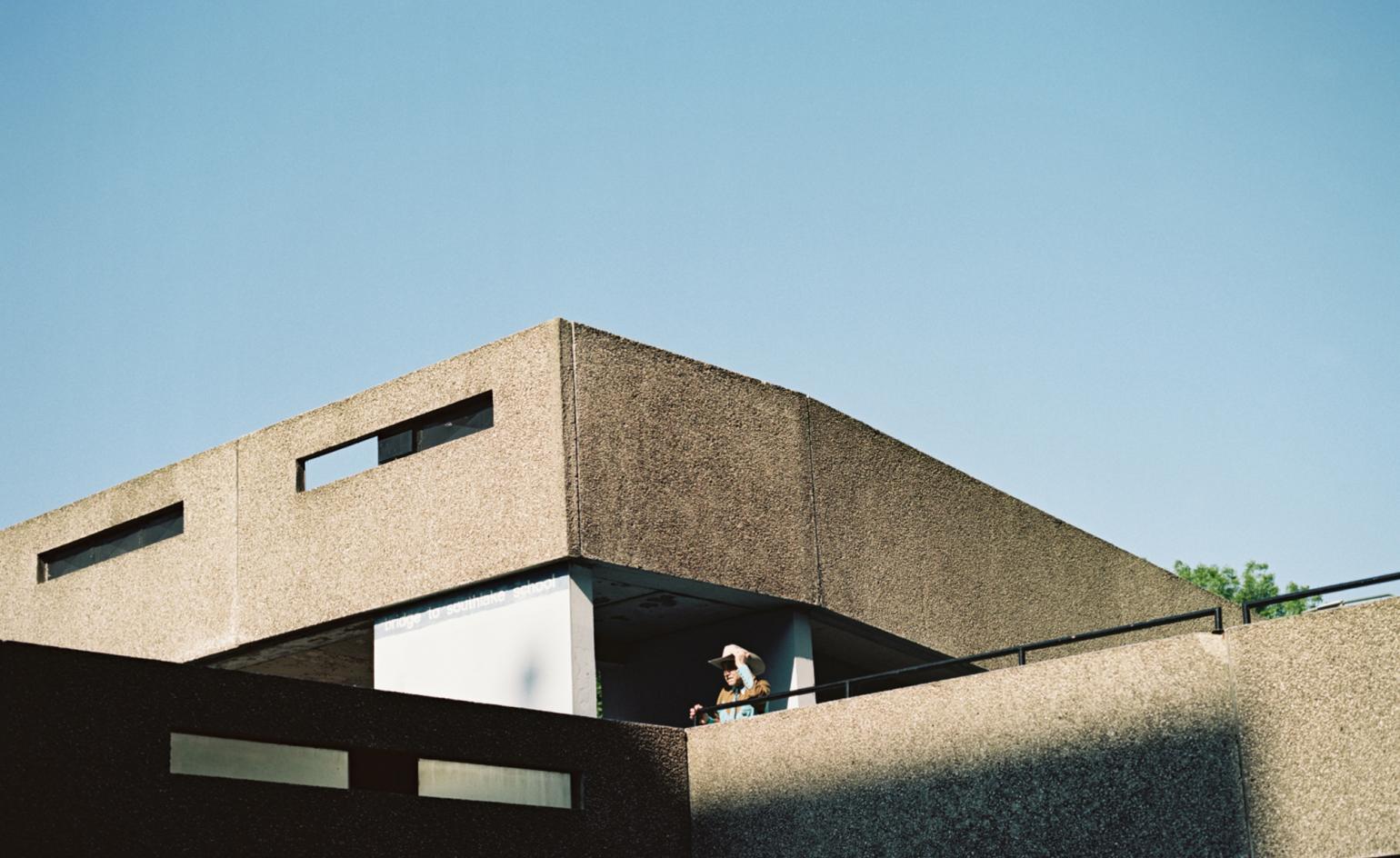
Anthony Okin.2017-19. © the artist
‘Since 2017 I have been working closely with the residents to explore how they re-imagine the landscape, and create their own spaces, behind the brutalist facade,' Manandhar continues. Her images brim with colourful characters. There's a joyful series on a 90-year old local called Anthony Okin, known as the ‘Thamesmead Cowboy’ (pictured above).
Elsewhere in her work, see Bharatnatyam performances by young dancers Neha and Ruhi; hear the wheel spin of Dave Dashwood’s eight classic cars; observe the customised Tudor frontages. Each photograph offers insight into how residents have carved their own identities into the otherwise immutable concrete landscape, creating spaces to live and grow. We look forward with interest to see how Peabody's upcoming architectural development will contribute to Thamesmead's history.

2017-19. © the artist
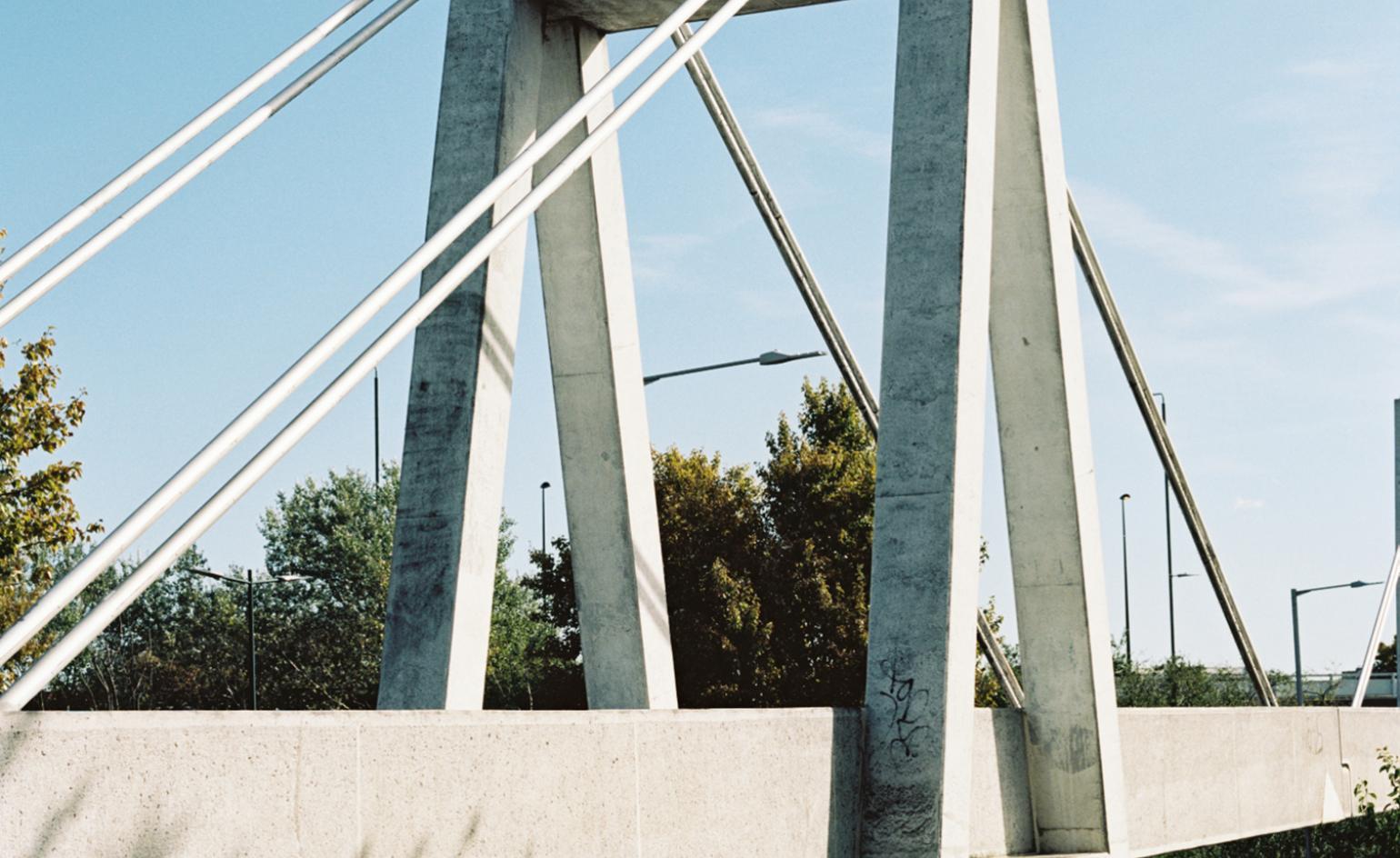
2017-19. © the artist
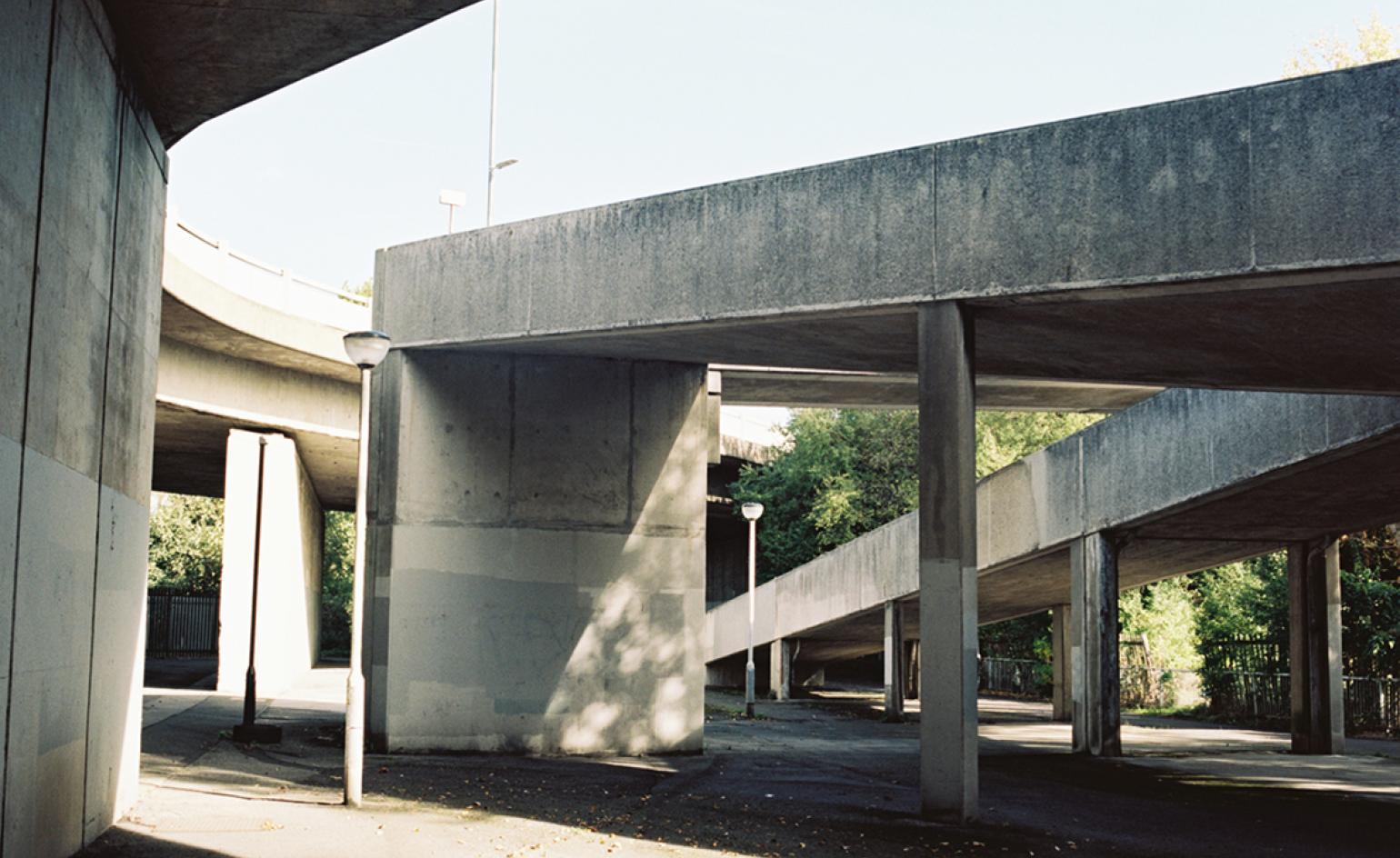
2017-19. © the artist
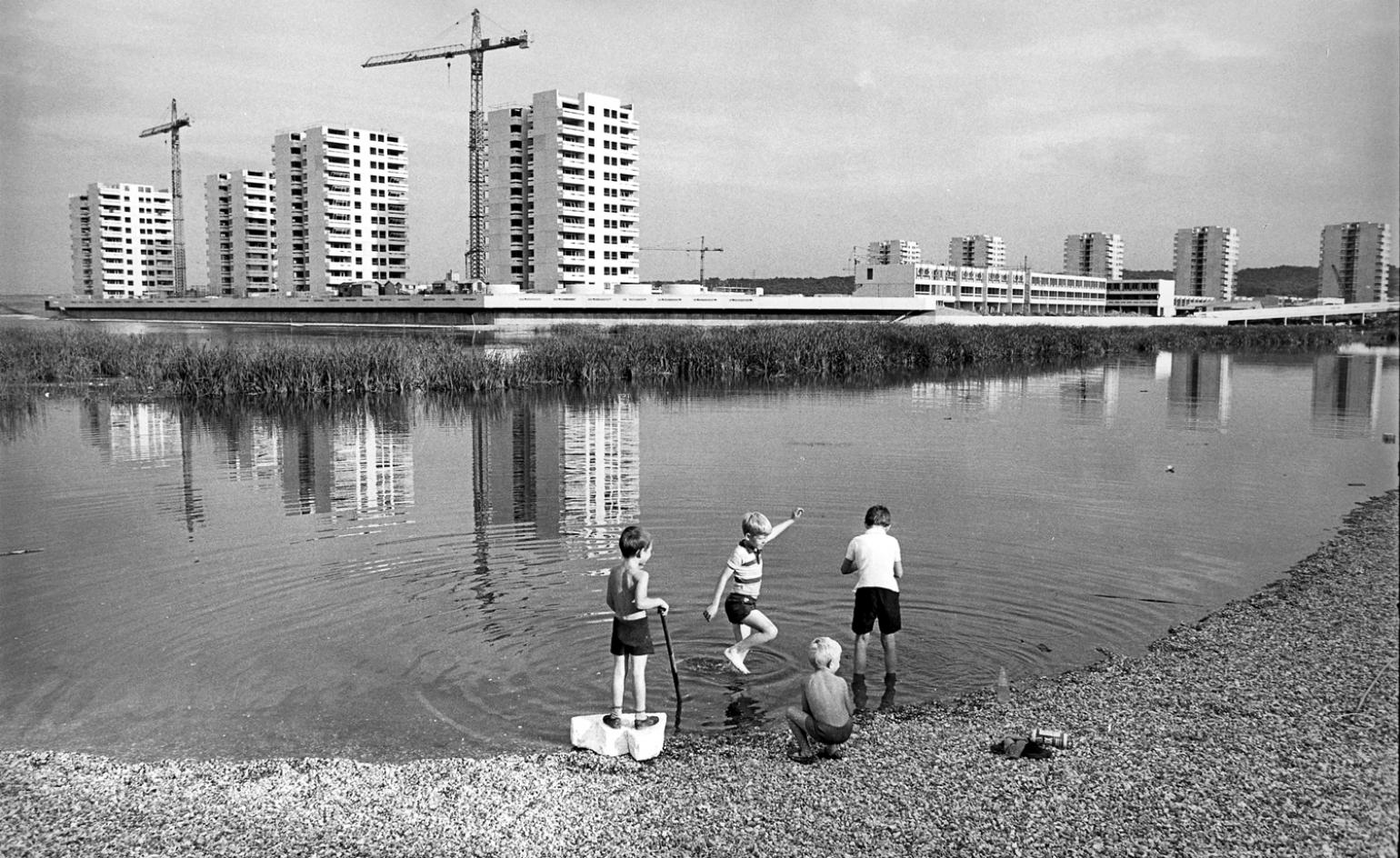

2017-19. © the artist
INFORMATION
‘Thamesmead: A Town For The 21st Century’ continues until 17 May 2019. For more information, visit the RIBA website
ADDRESS
Wallpaper* Newsletter
Receive our daily digest of inspiration, escapism and design stories from around the world direct to your inbox.
RIBA First Floor Gallery
66 Portland Place
London, W1
Elly Parsons is the Digital Editor of Wallpaper*, where she oversees Wallpaper.com and its social platforms. She has been with the brand since 2015 in various roles, spending time as digital writer – specialising in art, technology and contemporary culture – and as deputy digital editor. She was shortlisted for a PPA Award in 2017, has written extensively for many publications, and has contributed to three books. She is a guest lecturer in digital journalism at Goldsmiths University, London, where she also holds a masters degree in creative writing. Now, her main areas of expertise include content strategy, audience engagement, and social media.
-
 Nikos Koulis brings a cool wearability to high jewellery
Nikos Koulis brings a cool wearability to high jewelleryNikos Koulis experiments with unusual diamond cuts and modern materials in a new collection, ‘Wish’
By Hannah Silver
-
 A Xingfa cement factory’s reimagining breathes new life into an abandoned industrial site
A Xingfa cement factory’s reimagining breathes new life into an abandoned industrial siteWe tour the Xingfa cement factory in China, where a redesign by landscape specialist SWA Group completely transforms an old industrial site into a lush park
By Daven Wu
-
 Put these emerging artists on your radar
Put these emerging artists on your radarThis crop of six new talents is poised to shake up the art world. Get to know them now
By Tianna Williams
-
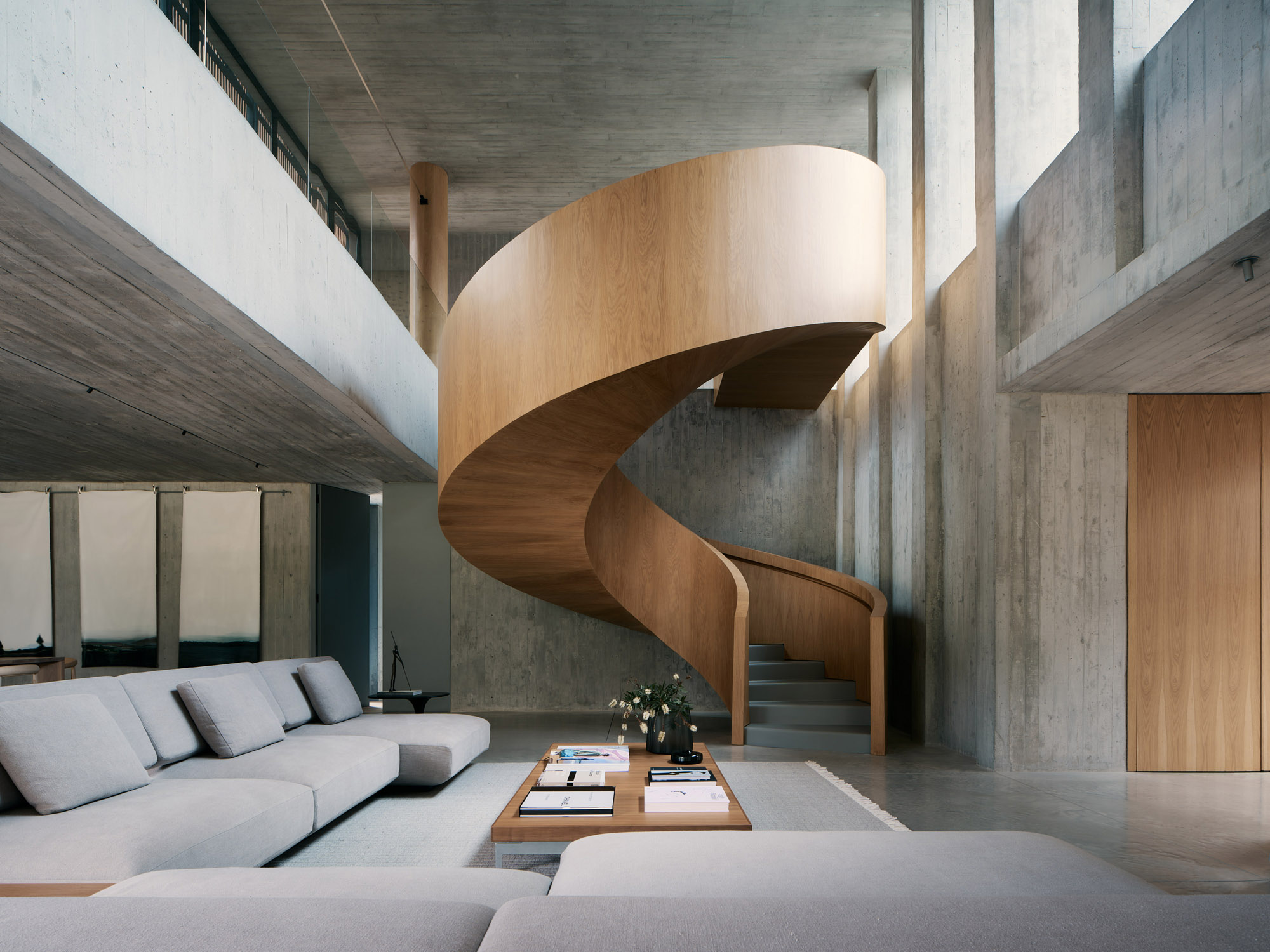 A Medellin house offers art, brutalism and drama
A Medellin house offers art, brutalism and dramaA monumentally brutalist, art-filled Medellin house by architecture studio 5 Sólidos on the Colombian city’s outskirts plays all the angles
By Rainbow Nelson
-
 The best brutalism books to add to your library in 2025
The best brutalism books to add to your library in 2025Can’t get enough Kahn? Stan for the Smithsons? These are the tomes for you
By Tianna Williams
-
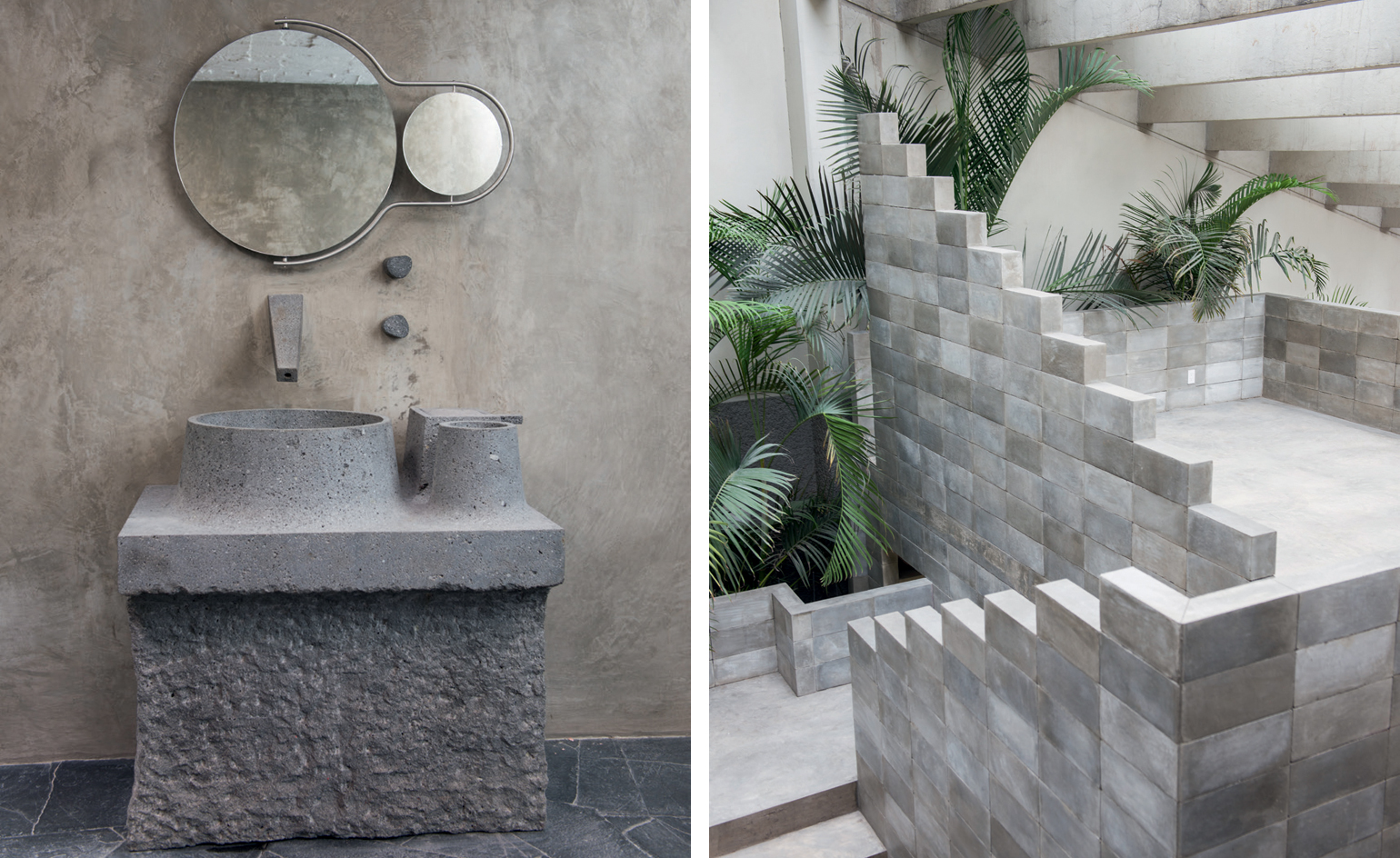 Brutalist bathrooms that bare all
Brutalist bathrooms that bare allBrutalist bathrooms: from cooling concrete flooring to volcanic stone basins, dip into the stripped-back aesthetic with these inspiring examples from around the world
By Tianna Williams
-
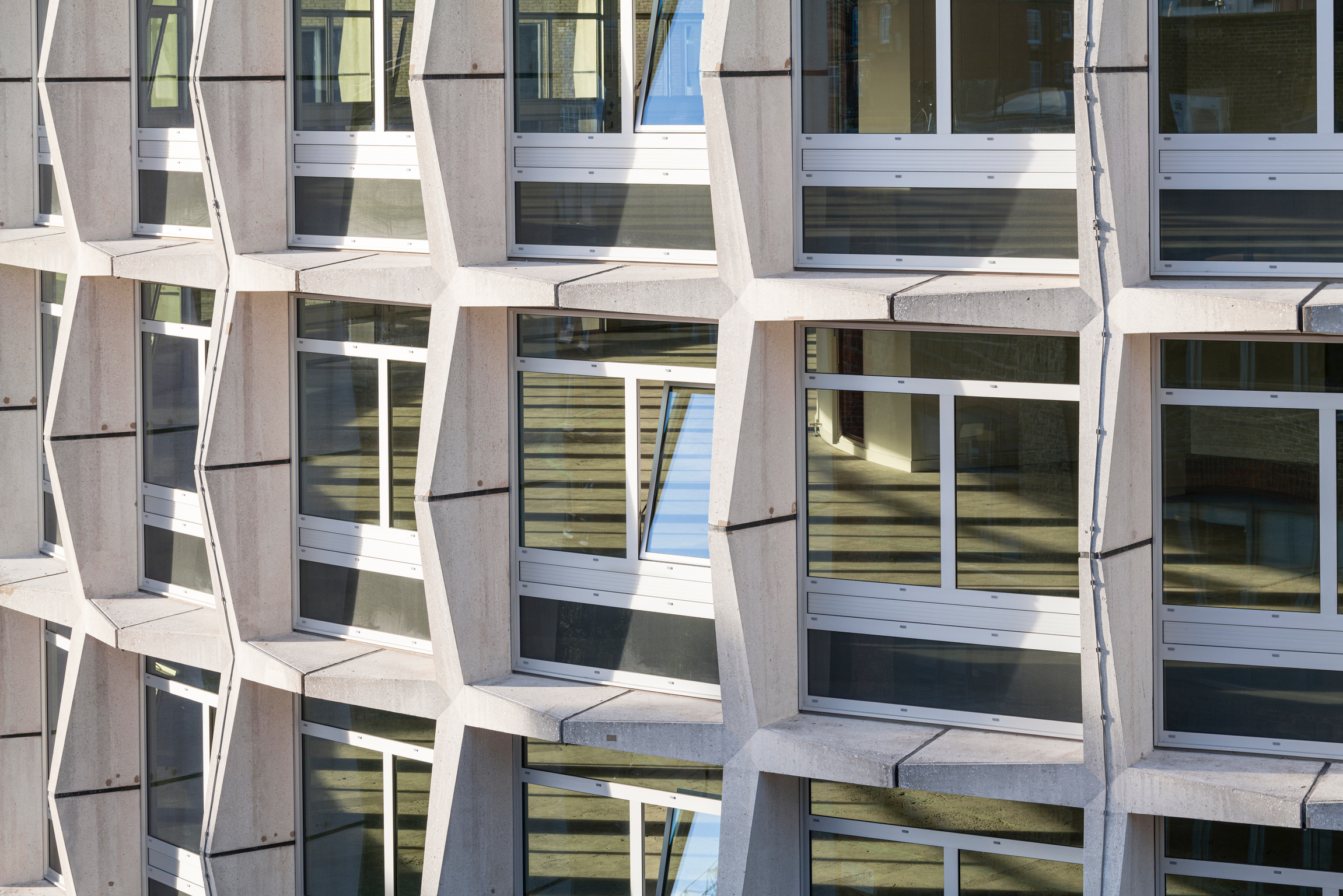 Space House: explore the brutalist London landmark’s new chapter
Space House: explore the brutalist London landmark’s new chapterSpace House, a landmark of brutalist architecture by Richard Seifert & Partners in London’s Covent Garden, is back following a 21st-century redesign by Squire & Partners and developer Seaforth Land
By Ellie Stathaki
-
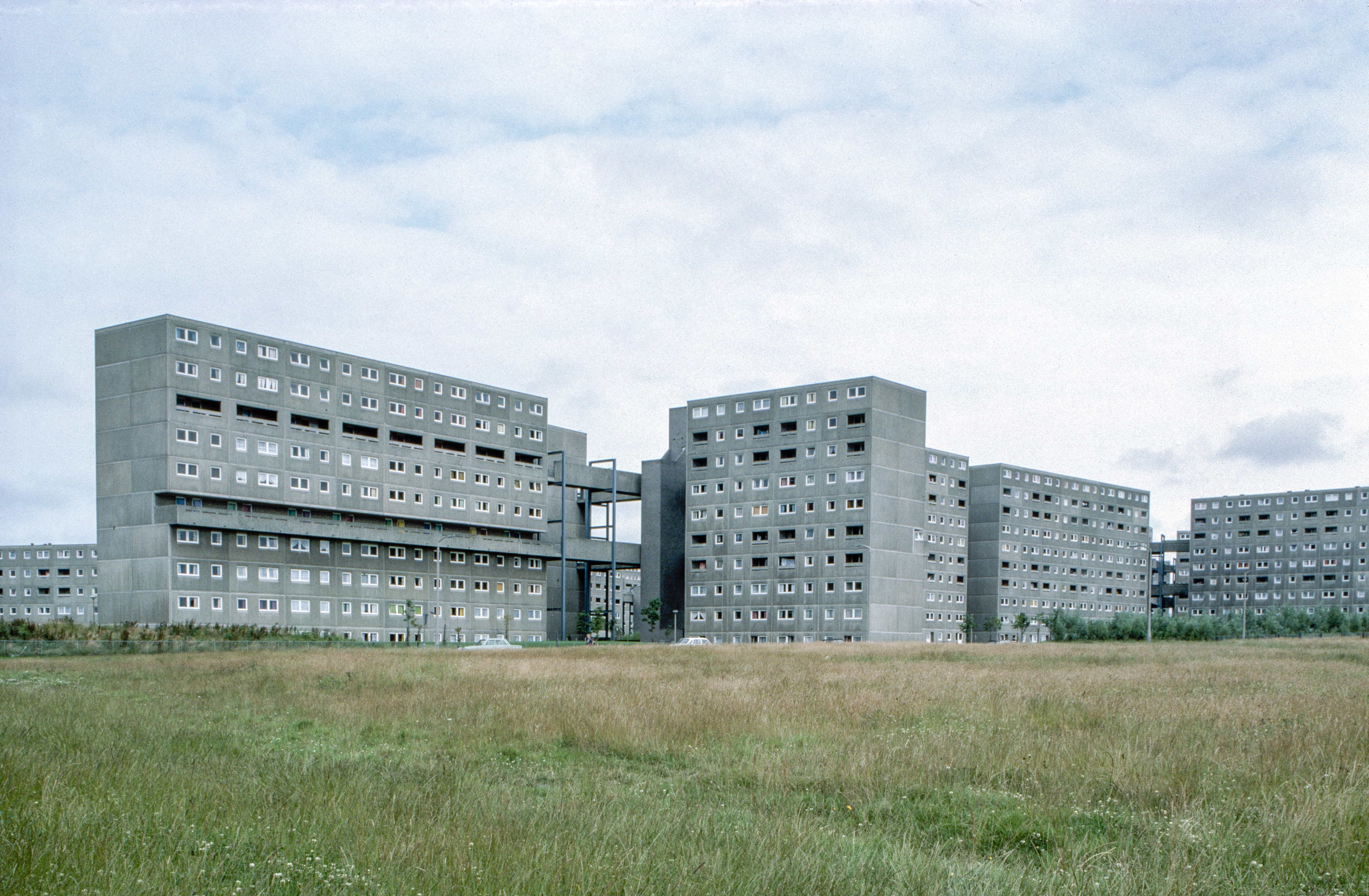 ‘Concrete Dreams’: rethinking Newcastle’s brutalist past
‘Concrete Dreams’: rethinking Newcastle’s brutalist pastA new project and exhibition at the Farrell Centre in Newcastle revisits the radical urban ideas that changed Tyneside in the 1960s and 1970s
By Smilian Cibic
-
 Soviet brutalist architecture: beyond the genre's striking image
Soviet brutalist architecture: beyond the genre's striking imageSoviet brutalist architecture offers eye-catching imagery; we delve into the genre’s daring concepts and look beyond its buildings’ photogenic richness
By Edwin Heathcote
-
 Is Rochester Street Office a creative worker’s dream? Inside a Sydney workspace echoing calmness and light
Is Rochester Street Office a creative worker’s dream? Inside a Sydney workspace echoing calmness and lightRochester Street Office by Allied_Office merges utilitarian design with cascading vegetation, presenting a thriving environment for creativity and collaboration
By Tianna Williams
-
 ‘Brutalist Plants’ is a new monograph capturing the best of eco-brutalism
‘Brutalist Plants’ is a new monograph capturing the best of eco-brutalism'Brutalist Plants,' the new book by Olivia Broome, captures concrete architecture engulfed with nature
By Tianna Williams